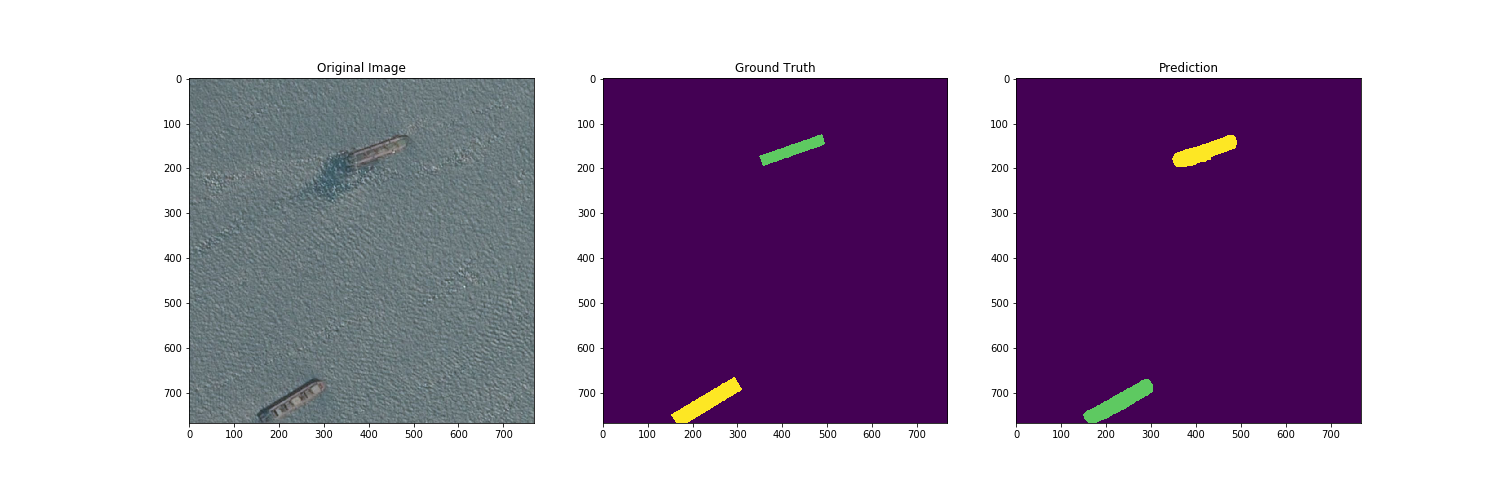Noise in neurons and synapses enables reliable associative memory storage in local cortical circuits. [Download paper]
Neural networks in the brain can function reliably despite various sources of errors and noise present at every step of signal transmission. These sources include errors in the presynaptic inputs to the neurons, noise in synaptic transmission, and fluctuations in the neurons’ postsynaptic potentials. Collectively they lead to errors in the neurons’ outputs which are, in turn, injected into the network. Does unreliable network activity hinder fundamental functions of the brain, such as learning and memory retrieval? To explore this question, this article examines the effects of errors and noise on properties of biologically constrained networks of inhibitory and excitatory neurons involved in associative sequence learning. The associative learning problem is solved analytically and numerically, and it is also shown how memory sequences can be loaded into the network with a more biologically plausible perceptron-type learning rule. Interestingly, the results reveal that errors and noise during learning increase the probability of memory recall. There is a tradeoff between the capacity and reliability of stored memories, and, noise during learning is required for optimal retrieval of stored information. What is more, networks loaded with associative memories to capacity display many structural and dynamical features observed in local cortical circuits. Due to the similarities between the associative and brain networks, this article predicts that the connections originating from unreliable inhibitory and excitatory neurons or neuron classes in the cortex must be depressed or eliminated during learning, while the connections onto noisy neurons or neuron classes must have lower probabilities and higher weights.
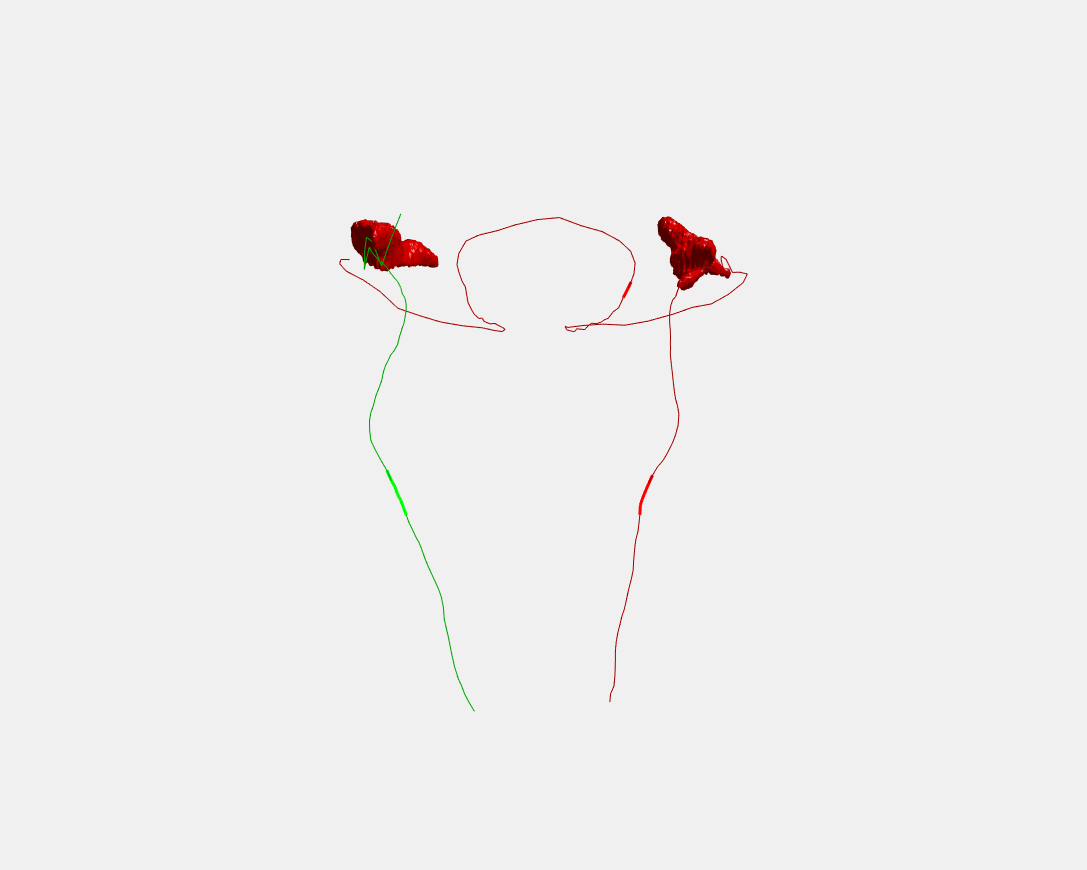 Figure: Reconstruction of C.elegans neurites including cell bodies, axons and dendrites.
Figure: Reconstruction of C.elegans neurites including cell bodies, axons and dendrites.
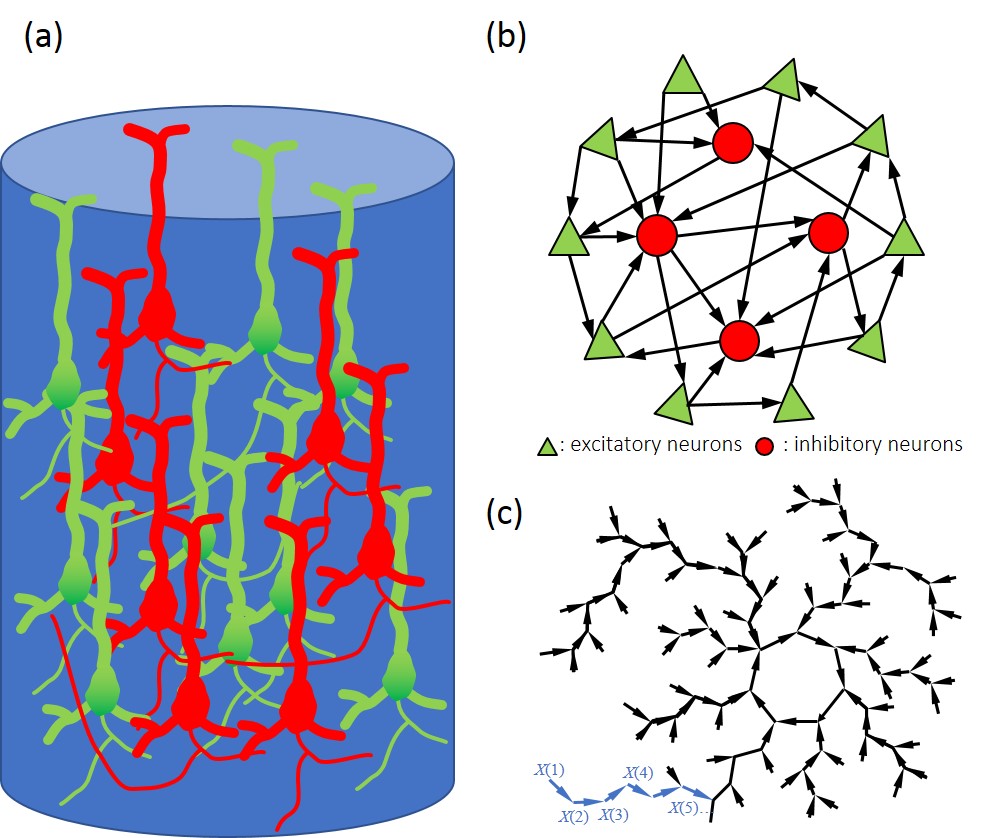 Figure: Associative learning model. (a) Excitatory and inhibitory neurons in the cortical column. (b) Corresponding recurrent artificial neuron network. (c) The dynamics of the neuron network which we believe is the memory representation in our brain.
Figure: Associative learning model. (a) Excitatory and inhibitory neurons in the cortical column. (b) Corresponding recurrent artificial neuron network. (c) The dynamics of the neuron network which we believe is the memory representation in our brain.
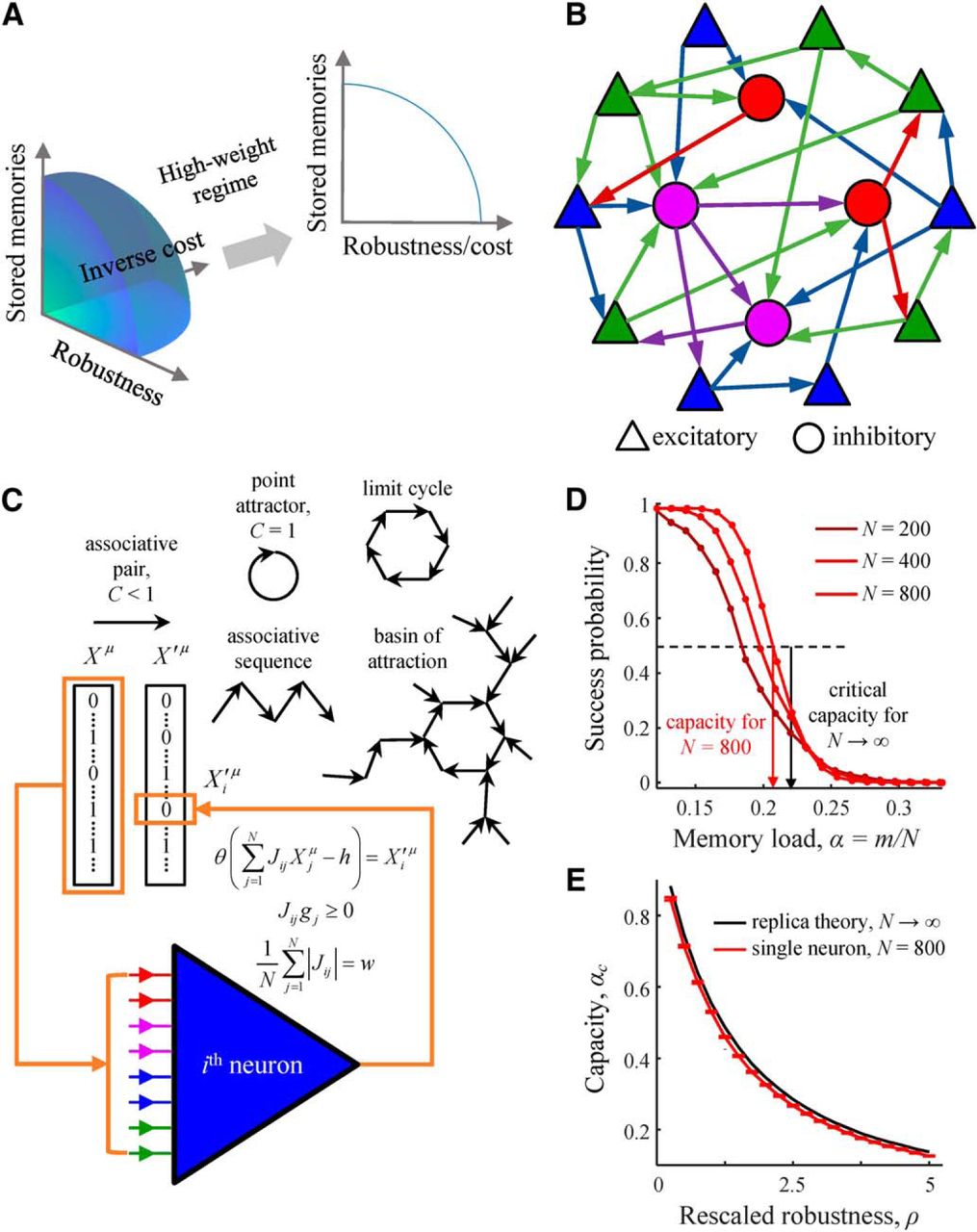 Figure: Associative memory storage in recurrent networks of excitatory and inhibitory neurons.
Figure: Associative memory storage in recurrent networks of excitatory and inhibitory neurons.
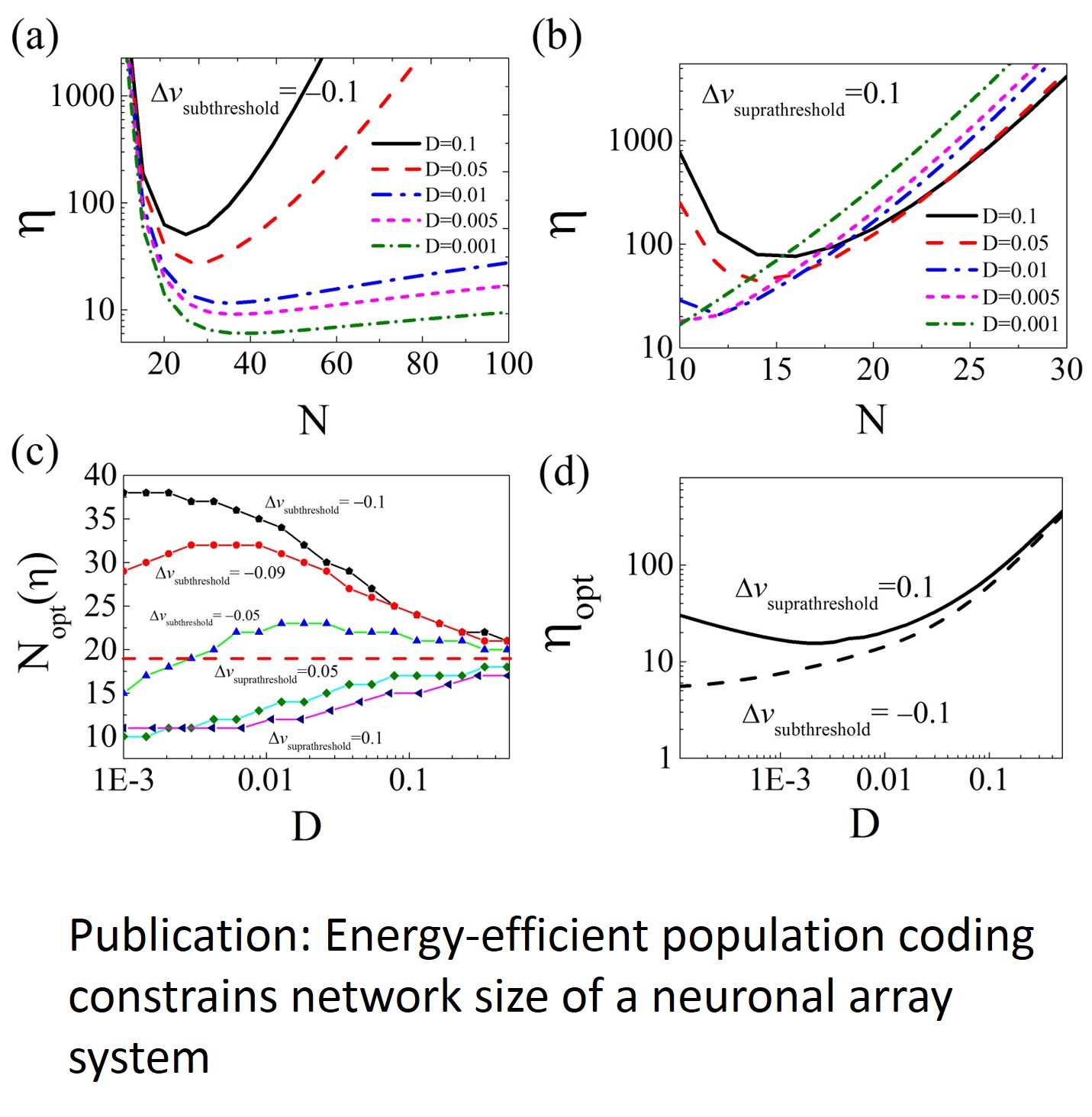 Figure: (a) Coding energy cost η as a function of N for ∆vsub= −0.1 in the cases of different noise intensities. (b) η vs. N for ∆vsupra = 0.1 in the cases of different noise intensities. (c) The optimal neuronal number Nopt vs.noise intensity D for different input signal intensities ∆v. (d) The minimum coding energy cost ηopt vs. the optimal neuronal number Nopt for different signal intensities ∆v in the case of different input pulse frequencies.
Figure: (a) Coding energy cost η as a function of N for ∆vsub= −0.1 in the cases of different noise intensities. (b) η vs. N for ∆vsupra = 0.1 in the cases of different noise intensities. (c) The optimal neuronal number Nopt vs.noise intensity D for different input signal intensities ∆v. (d) The minimum coding energy cost ηopt vs. the optimal neuronal number Nopt for different signal intensities ∆v in the case of different input pulse frequencies.

